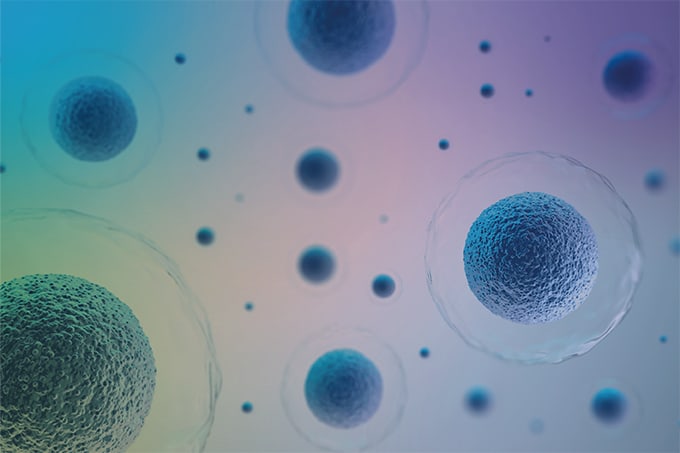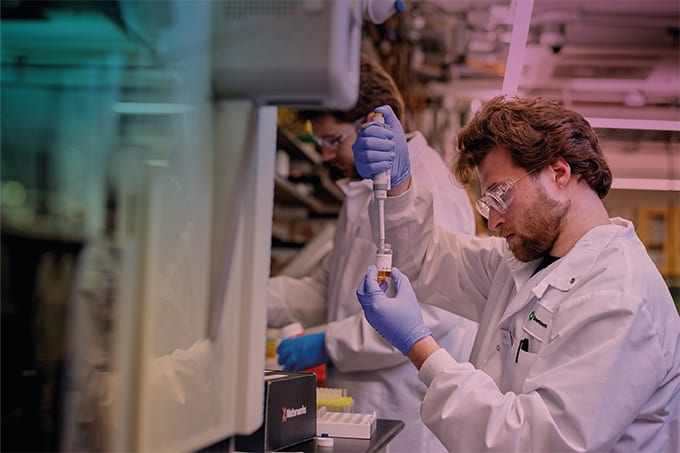
Parts of France Ban Tap Water Due to PFAS Contamination
Over 60,000 residents in Saint-Louis, France, are under a government-imposed ban on drinking tap water due to high levels of PFAS, the Guardian reports.
Tests revealed PFAS concentrations four times above the upcoming EU safety threshold, with firefighting foams used for decades at Basel-Mulhouse-Freiburg Airport identified as the source.
The contamination, which likely persisted unnoticed for years, has triggered a scramble for bottled water and mounting public outrage. Blood tests commissioned by local activists show residents have some of the highest PFAS levels in France. “If people had been warned by the authorities, we could have protected ourselves,” said campaigner Bruno Wollenschneider.
Saint-Louis may be a warning sign. More than 2,300 sites across Europe already exceed new limits set to take effect in 2026, with clean-up costs projected in the millions. Residents are demanding transparency, compensation – and accountability.
PFHxA Exposure in Early Life Triggers Lasting Brain Changes in Male Mice
PFHxA, a short-chain “forever chemical” widely used as a replacement for older, more tightly regulated PFAS, may disrupt brain development in males – according to new findings from the University of Rochester. In mouse experiments, early-life exposure to PFHxA through gestation and lactation led to lasting behavioral changes in adult males, including increased anxiety, reduced activity, and impaired memory. Females were unaffected.
The results challenge assumptions that short-chain PFAS are inherently safer. Although PFHxA is less persistent in the body than its long-chain counterparts, it was found to accumulate in the brain – particularly the cerebellum – during early development. Notably, behavioral effects in male mice emerged long after chemical levels had declined, suggesting permanent neurodevelopmental impacts.
The study authors point to the importance of evaluating how chemicals like PFHxA interact with the developing brain, not just how long they stay in the body. As PFHxA is found in drinking water, breast milk, and the blood of pregnant women, the findings underscore the urgency of assessing the neurotoxic risks of these next-generation PFAS.
Probiotic Gut Bacteria Offer New Hope for Flushing Out PFAS
Certain naturally occurring gut microbes may help protect against PFAS, according to new research from the University of Cambridge. In animal tests, scientists identified nine bacterial species that rapidly absorbed and expelled PFAS removing up to 74 percent of the toxins from the body within minutes.
To test the microbes’ detox potential, researchers introduced the bacteria into the guts of mice. After PFAS exposure, the bacteria formed dense intracellular clumps that sequestered the chemicals, which were then flushed out in faeces. Notably, the microbes maintained the same percentage removal rate even at higher PFAS doses – suggesting a robust and scalable detox pathway.
“This opens the possibility of developing ways to get them out of our bodies where they do the most harm,” said Indra Roux, a co-author on the Nature Microbiology paper in a press release. The Cambridge team has launched a startup, Cambiotics, to pursue PFAS-targeting probiotics for humans. Until then, researchers recommend avoiding PFAS-coated cookware and using high-quality water filters to reduce exposure.




